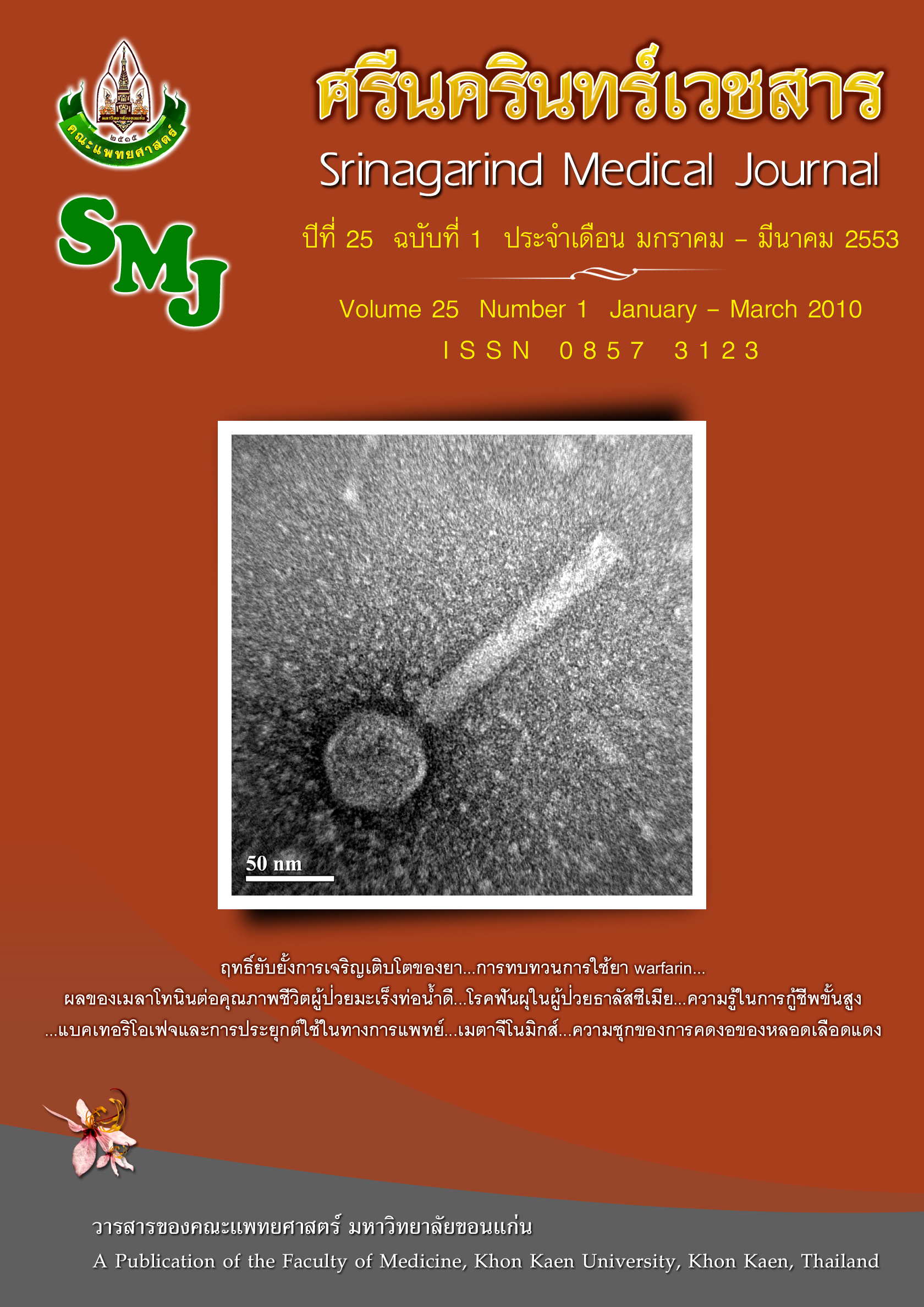Metagenomics
Abstract
Abstract
In the living world that microbes exist billions year ago before plants, animals or human, only 1% of them so far are able to be cultured in the laboratory condition. Therefore, the traditional genomics study that focused on a pure culture of an organism could only investigate a negligible amount of them. Moreover, the techniques could not be used to understand the microbes’ interaction in real nature. A brand new field of “Metagenomics” also called environment genomics or community genomics is a genome-based analysis of entire communities of complexly interacting organisms in diverse ecological context. Currently, metagenome study has two approaches. First, Function-based metagenomics explore the new beneficial products that microbes in a community can produce such as enzymes, antibiotics and new compounds. Second, Sequence-based metagenomics that researchers focused on finding the identity of the organisms based on the 16S rRNA sequences. Metagenomics not only open the gate to understand the interaction of living organisms in their ecology but also has made a valuable contribution to evolutionary biology and could be applied into various fields. It could set a dawn of knowledge into the contribution of microbes’ community inside human gut in terms of digestion, absorption and the involvement to obesity. In agriculture, industry and medicine, the resultants wealth of genes and molecular structures could provide novel products from uncultured organisms. This field of metagenomics could therefore open up a new perspective to the microbial world than ever before.



